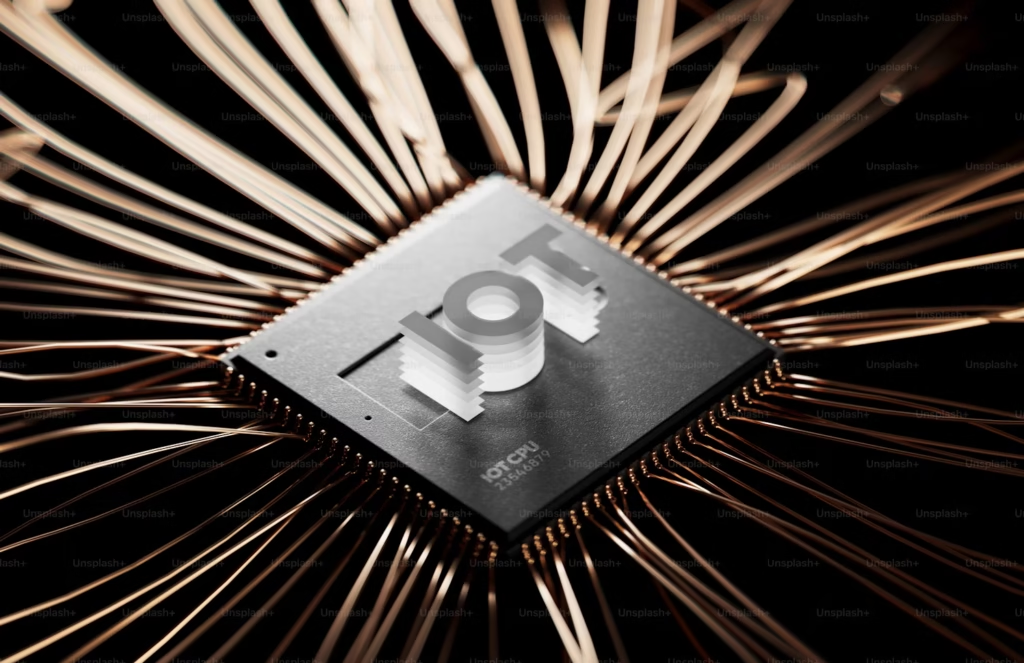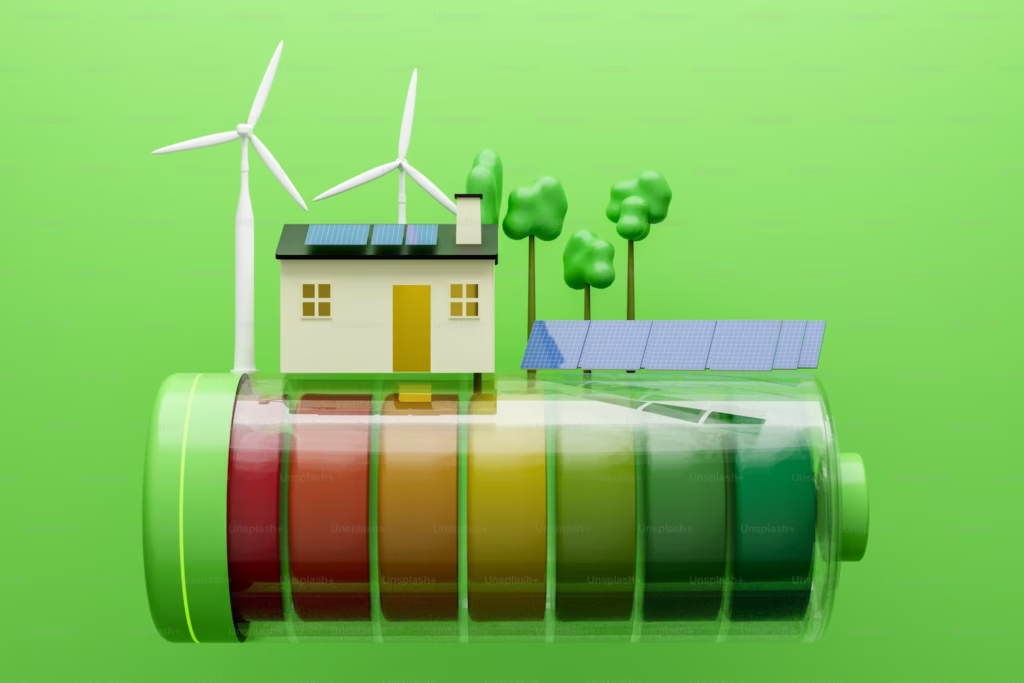Revolutionizing Sustainable Power Generation
Energy harvesting technology is revolutionizing how we power systems, industries, and devices, opening the door to a future where efficient and sustainable energy sources are commonplace. This cutting-edge field provides a cleaner, more environmentally friendly substitute for conventional energy sources by harnessing ambient energy from the surroundings and turning it into electrical power that can be used. The concepts, uses, and prospects of energy harvesting technologies are examined in this blog.
What is Energy Harvesting Technology?
Energy harvesting technology, also referred to as energy scavenging, involves collecting small amounts of energy from external sources like sunlight, heat, motion, or electromagnetic waves. These energy sources are abundant in the environment but often go unused. Advances in materials and devices now allow technology to convert this untapped energy into electrical power for various low-power applications.
Key Energy Sources in Energy Harvesting
Energy harvesting technology relies on several environmental energy sources:
- Solar Energy Solar energy harvesting uses photovoltaic (PV) cells to transform sunlight into electricity. Small-scale solar panels are increasingly embedded in wearable devices, IoT sensors, and portable electronics, making solar energy a vital component of energy harvesting .
- Thermal Energy Thermoelectric generators (TEGs) capture waste heat from industrial machinery, engines, or even the human body, converting temperature differences into electrical power. Thermal energy plays a crucial role in advancing energy harvesting .
- Mechanical Energy Vibrations, movements, or pressure changes can be transformed into electrical energy using piezoelectric materials and kinetic energy harvesters. This form of energy harvesting technology is widely utilized in smart infrastructure and wearable devices.
- Electromagnetic Energy Electromagnetic waves, such as radiofrequency (RF) signals from Wi-Fi, Bluetooth, or cellular networks, can be captured using antennas and rectifying circuits, further expanding the capabilities of energy harvesting .
How Does Energy Hrvesting Work?
This technology operates in three fundamental steps:
- Energy Capture Ambient energy is captured using devices like solar panels, thermoelectric modules, or piezoelectric crystals. Each material is optimized for a specific type of energy source, ensuring efficient capture.
- Energy Conversion Specialized transducers convert captured energy into electrical power. For instance, piezoelectric materials generate electricity when subjected to mechanical stress, exemplifying the versatility of energy harvesting technology.
Energy Storage and Regulation Harvested energy is stored in batteries or capacitors and regulated to provide consistent power delivery to connected devices. This technology ensures optimal functionality even in fluctuating environmental conditions.
Applications of Energy Harvesting Technology
1. Internet of Things (IoT)

IoT devices powered by renewable energy operate autonomously without requiring frequent battery replacements. Self-powered sensors monitor environmental conditions, industrial processes, or smart home systems, ensuring reliable and maintenance-free operation.
2. Wearable Technology

Wearable devices, including fitness trackers and medical monitors, leverage energy harvesting technology to utilize body heat, motion, or light. This reduces reliance on frequent charging and enhances user convenience.
3. Smart Infrastructure

Energy harvesting technology enables self-powered sensors in smart cities to monitor structural integrity, traffic flow, and environmental data. These systems depend on vibration and solar energy to maintain consistent operation, even in remote locations.
4. Automotive Industry

In the automotive sector, energy harvesting technology captures vibration, heat, and airflow to power sensors and auxiliary systems, reducing dependency on the central battery and improving fuel efficiency.
5. Renewable Energy Systems

Energy harvesting technology enhances renewable energy systems by providing supplementary power to remote or off-grid areas. This integration optimizes overall energy efficiency and sustainability.
Advantages of Energy Harvesting Technology
1. Sustainability
Energy harvesting technology reduces reliance on conventional power supplies by utilizing ambient energy sources, significantly lowering the environmental footprint.
2. Cost-Effectiveness
While initial setup costs can be high, energy harvesting technology offers substantial long-term savings by reducing energy consumption and maintenance requirements.
3. Maintenance-Free Operation
Energy harvesting technology is ideal for remote or hard-to-reach applications, as it can operate autonomously for extended periods without regular maintenance.
4. Enhanced Device Longevity
By eliminating the need for frequent battery replacements, energy harvesting technology improves device longevity and reduces electronic waste, aligning with sustainable practices.
Challenges Faced while Harvesting Energy
Despite its many advantages, this technology faces several challenges:
- Low Energy Output: Harvested energy is typically minimal and may not meet the demands of high-power applications.
- Efficiency: Current conversion technologies have room for improvement to maximize energy capture and utilization.
- Cost: Advanced materials and devices essential for energy harvesting can be expensive to develop and deploy.
- Energy Storage: Efficient storage systems are crucial for consistent power delivery but add complexity and cost to energy harvesting systems.
The Future
As research and innovation continue to evolve, the future of energy harvesting looks increasingly promising. Emerging advancements, such as nanogenerators, bioenergy harvesting, and hybrid systems, are poised to unlock new possibilities.
1. Nanogenerators
Nanogenerators use nanotechnology to harvest energy from minute sources like molecular vibrations or nano scale heat gradients. These breakthroughs have significant implications for powering ultra-small devices used in biomedical and environmental monitoring.
2. Bioenergy Harvesting
Bioenergy harvesting leverages biological systems or organisms to generate energy. This exciting frontier could lead to self-powered implants, bio-inspired robotics, and other groundbreaking applications.
3. Hybrid Energy Harvesting Systems
Combining multiple energy sources into a single system ensures consistent power delivery, even in varying environmental conditions. Hybrid systems represent the next step in advancing energy harvesting technology.
Optimizing Energy for a Greener Future
This technology marks a paradigm shift in how we generate and utilize power. By tapping into the potential of ambient energy, this technology offers sustainable, cost-effective, and maintenance-free solutions for numerous applications. Although challenges remain, ongoing advancements continue to expand the capabilities of energy harvesting technology, paving the way for a more sustainable future.
Incorporating the technology into everyday systems is no longer just a possibility—it is becoming a necessity. As the demand for efficient, renewable energy grows, technology will play an increasingly vital role in shaping our world. Embracing this technology ensures not only the efficient use of available resources but also a significant step towards achieving global sustainability goals.
By adopting technology today, we can power a cleaner, greener, and more efficient tomorrow.
Frequently Asked Questions about Energy Harvesting Technology
Answer: Energy harvesting works by capturing ambient energy from sources like sunlight, heat, motion, or electromagnetic waves using specialized materials or devices. This energy is then converted into electrical power through transducers and stored in batteries or capacitors. The stored energy is regulated to provide consistent power for various applications.
Answer: The types of energy Harvesting Technology are
1)Solar Energy Harvesting: Converts sunlight into electricity using photovoltaic (PV) cells.
2)Thermal Energy Harvesting: Captures waste heat and converts it into electrical power using thermoelectric generators (TEGs).
3)Mechanical Energy Harvesting: Converts vibrations, movements, or pressure into electricity using piezoelectric or kinetic harvesters.
4)Electromagnetic Energy Harvesting: Harvests energy from radio-frequency (RF) signals, Wi-Fi, or Bluetooth using antennas and rectifiers.
5)Wind Energy Harvesting: Generates power from wind motion using microturbines or small wind
Recommended Reads
2 Neuromorphic Computing Devices: Revolutionizing AI
3 Bioinformatics and Computational Biology
4 Unlocking the Power of Edge AI
5 For more Updates Click here


